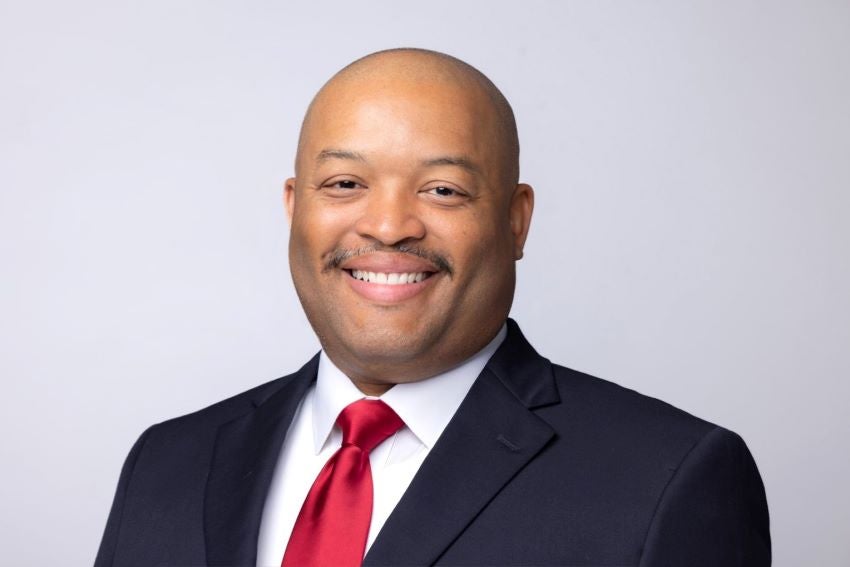Employment After Retirement Information
The Teacher Retirement System of Texas (TRS) provides a brochure detailing the limits and exceptions on employment after retirement (EAR) for retirees and TRS-covered employers.
Updates noted in the brochure are due to TRS-related bills passed during the 87th Regular Session of the Texas Legislature. For additional information, see Legislative Update: Teacher Retirement System Issues.
Limits
It’s important to understand the limits on EAR so a retiree doesn’t forfeit their annuity and an employer can navigate hiring retired personnel. EAR limits apply to retirees who retired on or after January 1, 2021, who have not observed a 12 full, consecutive calendar-month break in service. TRS members who retired prior to January 1, 2021, don’t have to complete the typical 12-month waiting period to be reemployed full-time by a TRS-covered employer.
Note, all retirees must still observe a one calendar-month break in service to return to work for a TRS-covered employer.
Exceptions
There are four EAR exceptions. The fourth exception, called “surge personnel”, refers to retirees hired to mitigate learning loss due to the COVID-19 pandemic. The guidelines for each EAR exception are as follows:
- Substitute: A service retiree may work as a substitute without any limits unless the position they are working in is vacant. A service retiree may only work up to 20 days in a vacant position.
- One-half time or less: A service retiree may work in one or more positions for one-half time or less each month, so long as the retiree does not work more than 92 hours total in all positions. One-half time may be measured in days (11 days per month) rather than hours if the one-half time position is combined with substitute work.
- Tutor under Texas Education Code (TEC) Section 33.913: A service retiree may work up to full time for a TRS-covered employer in a tutoring position that meets the requirements of this code. Note: A retiree may not be eligible to work full time under this exception if the work is combined with other types of employment.
- Surge personnel: This exception allows a service retiree to return to work up to full time in a federally funded position that is in addition to normal staffing levels of the school and perform duties related to the mitigation of student learning loss attributable to the COVID-19 pandemic. This exception is not applicable to employment with an institution of higher education, and the exception ends December 31, 2024.
Limits when combining EAR exceptions are included in the brochure. If a position or combination of positions is not noted in the chart, contact TRS for guidance. The brochure clarifies for individuals working in a surge personnel position, hours or days worked in that position don’t impact the limits on the number of hours or days worked in any other position and are accounted for separately.
Penalties
The first time a retiree receives notice from TRS for violating EAR limits, a warning will be issued but the retiree won’t forfeit their annuity. On a second violation, the retiree will owe TRS either the amount earned during those months or the annuity during those months, whichever is less.
If there is a violation of the EAR limits in any month after the second notice, the retiree will owe TRS the full amount of their annuity for those months.
Surcharges
Since September 1, 2005, TRS has required employers to pay pension and health care surcharges for any retired employee who worked more than one-half time. Typically, the employer passed these charges to the retired employees.
As of September 1, 2021, employers must pay all surcharges and can no longer pass any amount to retirees. This year the pension surcharge increased to 15.75 percent of the employee’s salary, but the health care surcharge remained at $535 per month. See TRS Chart of Contribution Rate for future surcharge percentages.
New Rules
TRS will release proposed rules for public comment in November.

Cheryl Hoover
Cheryl Hoover joined HR Services in 2018. She assists with staffing and HR reviews, training, and other HR projects. During Hoover’s public school career, she served as an executive director of curriculum and principal leadership, executive director of human resources, principal, assistant principal, teacher, and coach.
Hoover earned her bachelor’s degree from The University of Texas at Austin and obtained her master’s degree from Texas State University. She is a certified PHR.
HR Services

Subscribe to HRX
Stay up to date with all the latest HR news and trends by joining the HRX mailing list!





